Join host Nick Tucker and team for the first ever Hard Reset Podcast episode on vertical farming. We’re diving deeper on the technology and ideas featured in our vertical farming video episode, sharing bonus info that never made it to the final cut, and responding to some of the most popular (and meanest) comments.
Category: sustainability – Page 123

Electric fields catalyse graphene’s energy and computing prospects
Researchers at the National Graphene Institute have made a groundbreaking discovery that could revolutionise energy harnessing and information computing. Their study, published in Nature (“Control of proton transport and hydrogenation in double-gated graphene”), reveals how electric field effects can selectively accelerate coupled electrochemical processes in graphene.
Electrochemical processes are essential in renewable energy technologies like batteries, fuel cells, and electrolysers. However, their efficiency is often hindered by slow reactions and unwanted side effects. Traditional approaches have focused on new materials, yet significant challenges remain.
The Manchester team, led by Dr Marcelo Lozada-Hidalgo, has taken a novel approach. They have successfully decoupled the inseparable link between charge and electric field within graphene electrodes, enabling unprecedented control over electrochemical processes in this material. The breakthrough challenges previous assumptions and opens new avenues for energy technologies.
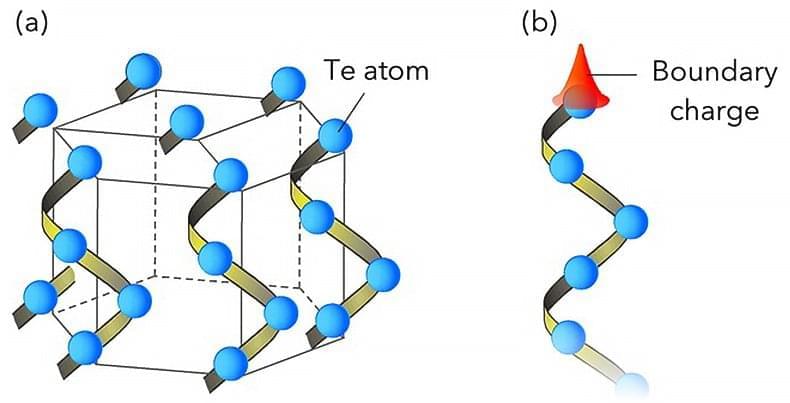
Discovery of one-dimensional topological insulator
A joint research team has unveiled a new topological insulator (TI), a unique state of matter that differs from conventional metals, insulators, and semiconductors. Unlike most known TIs, which are either three-or two-dimensional, this TI is one-dimensional. The breakthrough will lead to further developments of qubits and highly efficient solar cells.
Details of the research were published in the journal Nature (“Observation of edge states derived from topological helix chains”).
TIs boast an interior that behaves as an electrical insulator, meaning electrons cannot easily move; Whereas its surface acts as an electrical conductor, with the electrons able to move along the surface.
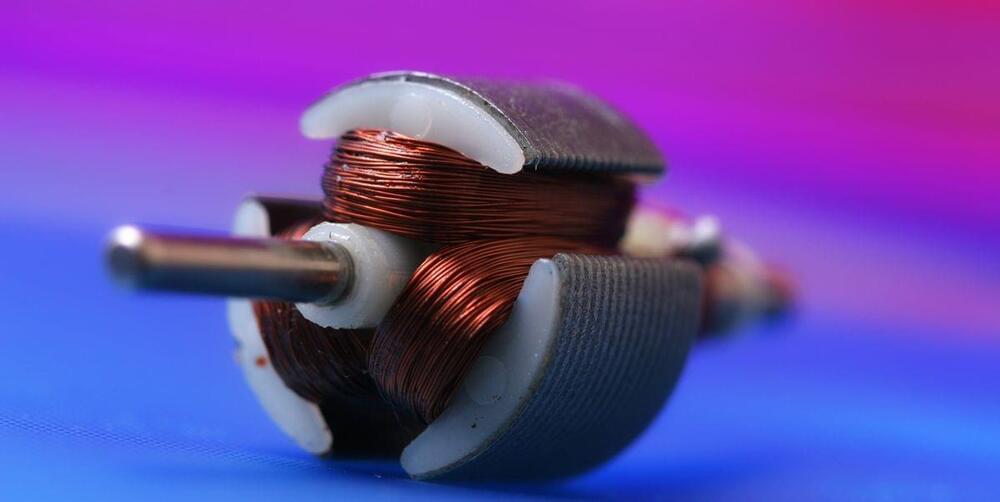
BYD’s Revolutionary New Battery: 10-Minute Electric Car Charging
BYD is developing a new battery that can charge an electric car from 10 to 80% in 10 minutes, potentially revolutionizing the electric car industry Questions to inspire discussion What is BYD developing for electric cars? —BYD is developing a new battery that can charge an electric car from 10 to 80% in just 10 minutes, potentially revolutionizing the electric car industry.
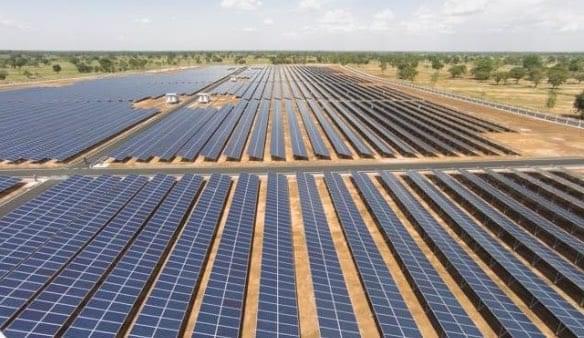
Enel Green Power lands finance for first solar and battery hybrid project
Enel Green Power Australia has announced that it has secured project financing for a $190 million solar and battery hybrid project it plans to build in western NSW.
The Quorn Park hybrid project will combine a 98 MW (dc) solar farm with a 20 MW, 40 MWh battery that will be built around 10kms north west of Parkes. Construction will commence within the next few months and it will be operational in 2026.
The new hybrid is one of the first to be announced since new rules were introduced that allow wind or solar farms to be truly “paired” with a battery storage facility, rather than operating and dispatching as separate units. This may impose some restrictions on operations, but can save on connection and other costs.
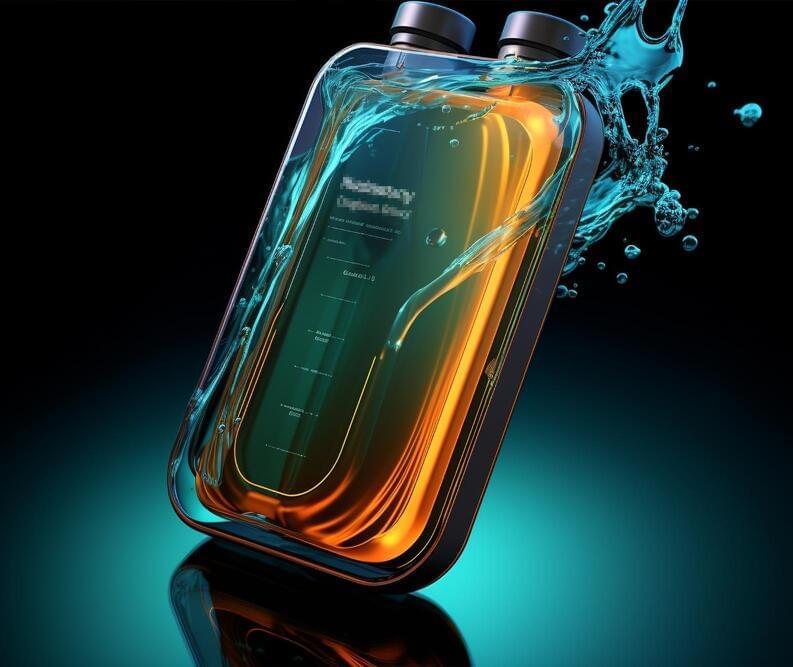
Stanford Unveils Game-Changing Liquid Fuel Technology for Grid Energy Storage
Stanford scientists are enhancing liquid fuel storage methods by developing new catalytic systems for isopropanol production to optimize energy retention and release.
As California transitions rapidly to renewable fuels, it needs new technologies that can store power for the electric grid. Solar power drops at night and declines in winter. Wind power ebbs and flows. As a result, the state depends heavily on natural gas to smooth out the highs and lows of renewable power.
“The electric grid uses energy at the same rate that you generate it, and if you’re not using it at that time, and you can’t store it, you must throw it away,” said Robert Waymouth, the Robert Eckles Swain Professor in Chemistry in the School of Humanities and Sciences.

GM’s Wuling teases new Starlight S electric SUV to compete with BYD, Tesla
A new electric SUV is primed to take on BYD and Tesla in China. GM’s joint venture, SAIC-GM-Wuling, unveiled the first teaser images of its new Starlight S electric SUV Monday. Check out the first images below.
The new electric SUV is the second model under the Wuling Silver Label. SAIC-GM-Wuling is a joint venture between China’s SAIC (50.1% owner) and GM (44%), while the remaining belongs to Liuzhou, Guangxi Province, based Wuling.
Wuling launched the Starlight electric sedan at the Beijing Auto Show in April. Although a PHEV version debuted last December, starting at $12,400 (105,800 yuan), the EV version starts at $13,800 (99,800 yuan).
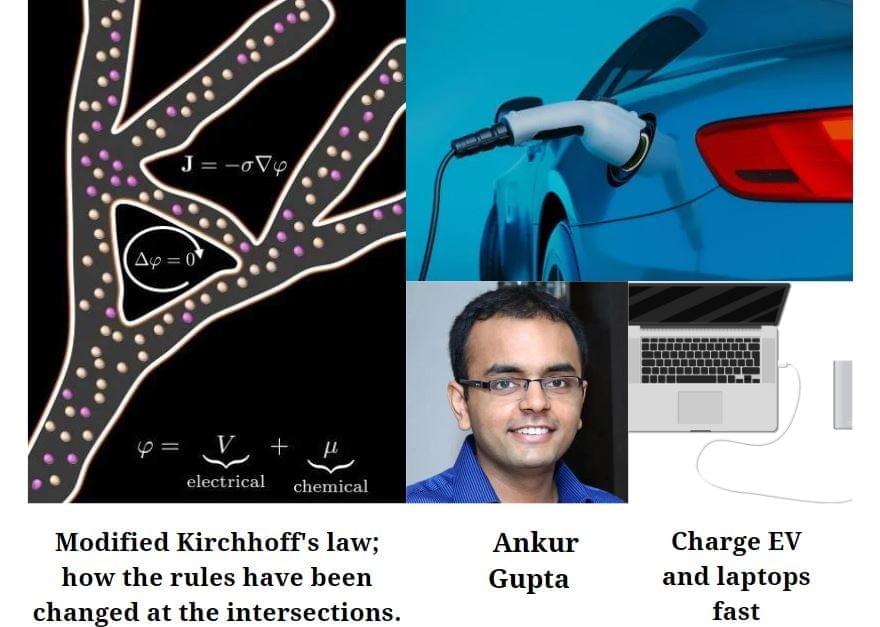
Charge your Laptop in a Minute? Supercapacitors can help; new research offers clues
Imagine if your dead laptop or phone could charge in a minute or if an electric car could be fully powered in 10 minutes. While not possible yet, new research by a team of CU Boulder scientists could potentially lead to such advances.
Published today in the Proceedings of the National Academy of Sciences, researchers in Ankur Gupta’s lab discovered how ions, move within a complex network of minuscule pores. The breakthrough could lead to the development of more efficient energy storage devices, such as supercapacitors, said Gupta, an assistant professor of chemical and biological engineering.
“Given the critical role of energy in the future of the planet, I felt inspired to apply my chemical engineering knowledge to advancing energy storage devices,” Gupta said. “It felt like the topic was somewhat underexplored and, as such, the perfect opportunity.”

US hits 180 GW of solar power. Here’s how we get to 1,000 by 2035
Collectively, the US’s 5 million solar installations can generate more than 179 gigawatts (GW) of electricity. Based on current trends, the SEIA claims that the US’s total solar capacity will soar to 673 GW by 2034, providing enough electricity to power 100 million homes.
The US will likely need to do better than that to meet the Biden Administration’s goal of 100% clean electricity by 2035, though. To decarbonize the grid by then, the Department of Energy (DoE) expects we’ll need as much as 1 terawatt (1,000 GWs) of solar capacity, enough for solar to meet 30–50% of the US’s electricity demand by itself.